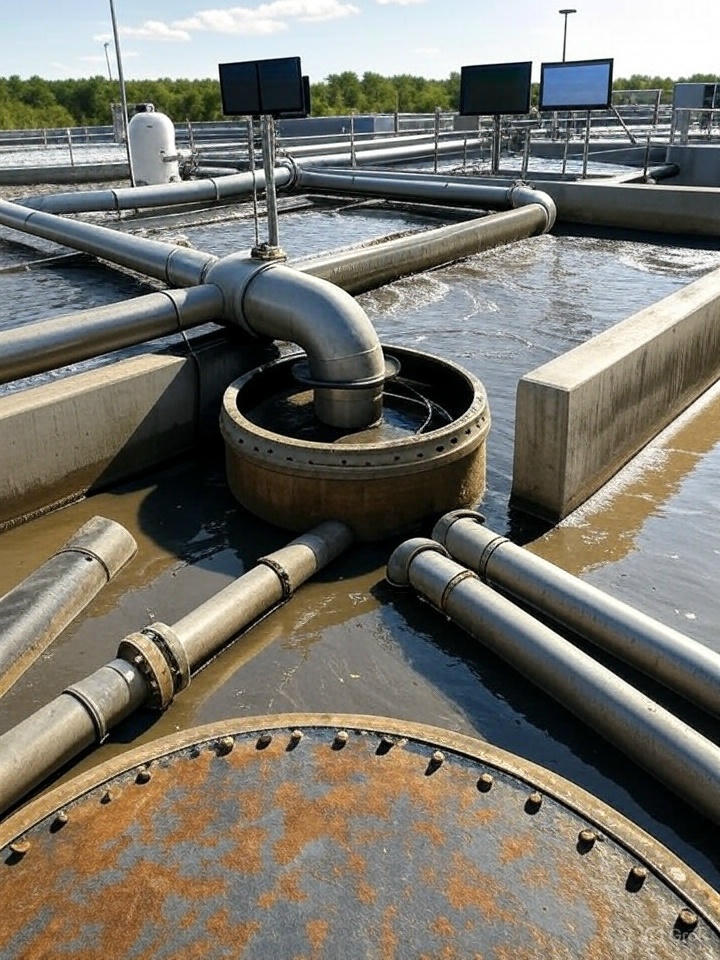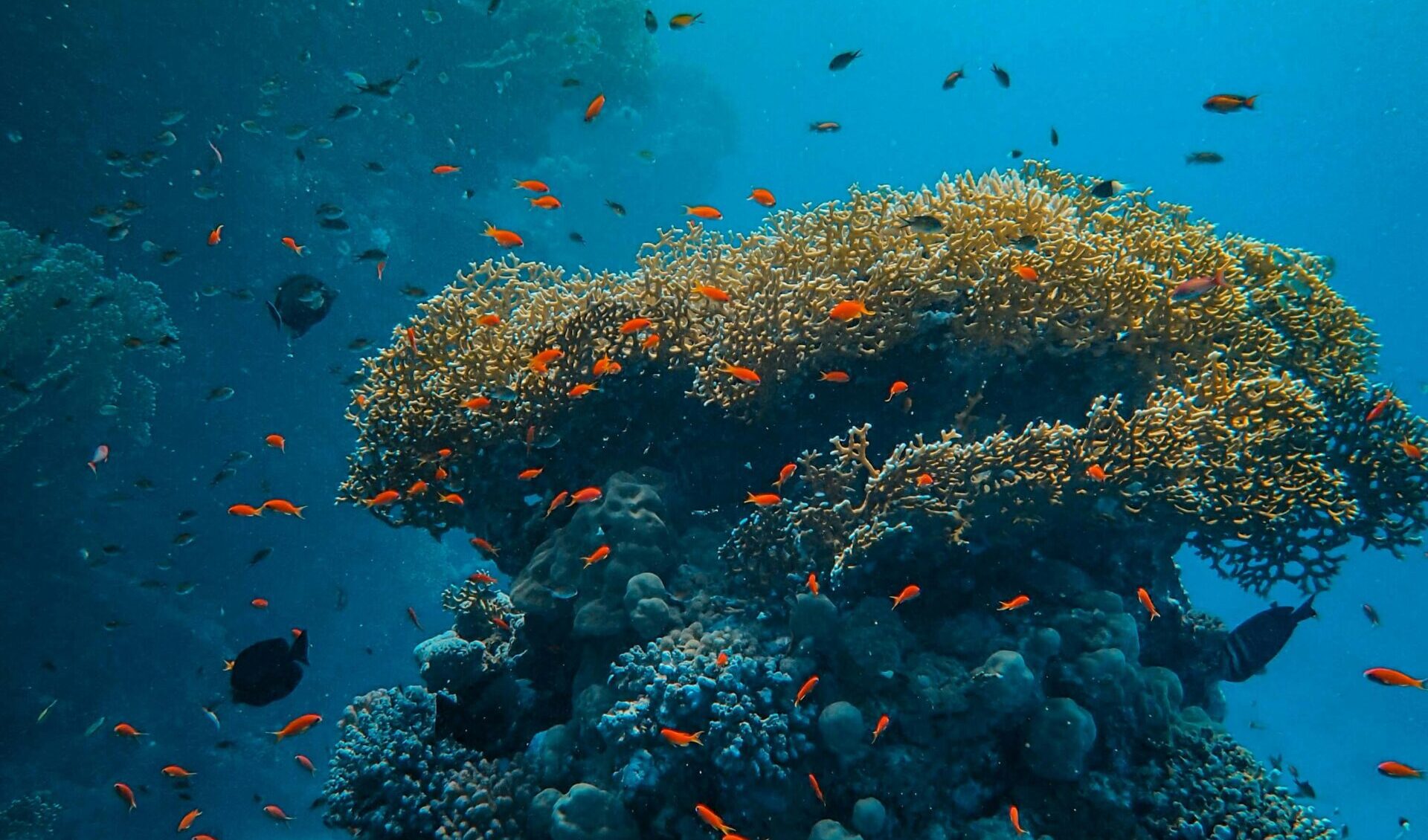What is Sewage?
Sewage is wastewater that contains human waste (from toilets), household wastewater (from sinks, showers, washing machines), and sometimes industrial or commercial waste. It includes water, organic matter, pathogens, chemicals, and pollutants. Sewage is typically collected through sewer systems and treated before being released into the environment or reused.
Definition and Differentiation of Sewage
Sewage, commonly referred to as wastewater, encompasses water used in domestic, industrial, and commercial settings, discharged through drainage systems. It includes human waste, food scraps, cleaning chemicals, and industrial byproducts, making it a complex mixture requiring careful management. According to Sewage Definition: Meaning, Types, and Environmental Impact, sewage is defined as water-carried waste, highlighting its diverse composition.
Differentiation of Sewage
Sewage is categorized based on its source and composition:
- Domestic Sewage: Wastewater from households, including human waste, food scraps, soaps, and detergents.
- Industrial Sewage: Wastewater from industries, often containing chemicals, heavy metals, or other pollutants specific to the industry.
- Stormwater Sewage: Runoff from rain or snow that enters sewer systems, carrying debris, oils, and pollutants from streets.
- Sanitary Sewage: Wastewater from toilets, sinks, and showers, typically excluding stormwater.
- Combined Sewage: A mix of sanitary sewage and stormwater, common in older sewer systems.
Sewage is further differentiated by its characteristics:
- Physical: Suspended solids, color, odor, and temperature.
- Chemical: Organic compounds, nutrients (nitrogen, phosphorus), heavy metals, and pH levels.
- Biological: Pathogens like bacteria, viruses, and parasites.
| Type | Source | Key Pollutants |
|---|---|---|
| Blackwater | Toilets, kitchens | Fecal matter, pathogens, organic waste |
| Greywater | Showers, sinks | Soaps, detergents, microplastics |
| Industrial Wastewater | Factories, mills | Heavy metals (Pb, Hg), toxic chemicals |
| Storm water | Rainfall runoff | Oil, pesticides, debris |
This classification is crucial for tailoring treatment strategies to the specific characteristics of each type, ensuring effective management and minimal environmental impact.
Environmental Impact of Sewage
The environmental harm caused by untreated or inadequately treated sewage is well-documented across multiple sources. The Effects of Sewage Pollution on The Environment and How to Prevent It details the following impacts:
- Water Pollution: Sewage introduces pathogens (e.g., E. coli, viruses), nutrients, and chemicals into water bodies, leading to waterborne diseases like cholera and typhoid, and disrupting aquatic ecosystems. This contamination makes water unsafe for human consumption and recreation.
- Eutrophication: Excess nutrients (N, P) cause algal blooms → kills aquatic life.
- Pathogen Spread: Bacteria (E. coli), viruses, and parasites contaminate drinking water.
- Oxygen Depletion: Excess organic matter in sewage leads to eutrophication, where algal blooms consume oxygen, creating hypoxic zones or “dead zones” where aquatic life, particularly fish, cannot survive. Sewage pollution, declining ecosystem health, and cross-sector collaboration highlights global hotspots where this occurs, affecting biodiversity.
- Harm to Aquatic Life: Toxic substances such as heavy metals, pharmaceuticals, and microplastics bioaccumulate in aquatic organisms, disrupting food chains and damaging marine ecosystems. Coral reefs, vital for marine biodiversity, are particularly vulnerable, as noted in The deadly effects of sewage pollution on nature. Coral reef destruction from chemical runoff. Fish kills due to low oxygen (BOD increase).
- Soil Contamination: Improper disposal of sewage sludge, which may contain heavy metals and pathogens, leads to soil degradation, impacting agricultural productivity and contaminating groundwater. This is a significant concern in areas with inadequate waste management systems.
- Heavy metals (arsenic, lead) accumulate in crops → enter food chain.
- Air Pollution: The decomposition of sewage produces methane, a potent greenhouse gas contributing to climate change, and hydrogen sulfide, which causes foul odors. Reduction of the environmental impact of sewage treatment notes that sewage treatment plants contribute 26% of the water cycle’s carbon footprint, with N2O emissions being a major factor.
- Decomposing sewage releases methane (CH₄) and hydrogen sulfide (H₂S) (toxic greenhouse gases)
These impacts underscore the urgency of effective sewage treatment to protect ecosystems and public health, with global statistics indicating that over 80% of the world’s wastewater is released untreated, particularly in least developed countries (Better sewage treatment critical for human health and ecosystems).
Sewage Treatment: Process, Equipment, and Procedure
Sewage treatment is a multi-stage process designed to remove contaminants, ensuring the water is safe for disposal into water bodies or reuse. The process is detailed in Environmental Benefits of Wastewater Treatment and further elaborated in Sewage Treatment:
- Preliminary Treatment: This initial stage removes large debris and grit to protect downstream equipment. Equipment includes bar screens to remove large objects like sticks and rags, and grit chambers (horizontal, aerated, or vortex) to settle heavy particles like sand and gravel. The procedure involves screening wastewater to remove debris, followed by grit removal, with flow equalization tanks ensuring consistent flow rates.
- Primary Treatment: Focuses on removing settleable solids and floating materials. Primary clarifiers (sedimentation tanks) are used, with a hydraulic retention time (HRT) of 1.5–2.5 hours, removing 50–70% of suspended solids and 25–40% of biochemical oxygen demand (BOD). The procedure involves holding wastewater in tanks, allowing solids to settle as sludge and oils/grease to float for skimming.
- Secondary Treatment: Aims to break down organic matter using biological processes. Equipment includes aeration tanks, activated sludge systems, constructed wetlands, waste stabilization ponds, upflow anaerobic sludge blanket (UASB) reactors, and membrane bioreactors. The procedure involves microorganisms (bacteria) consuming organic matter in aerated conditions, reducing BOD by 85–90%, with the treated water separated from biological sludge in secondary clarifiers.
- Tertiary Treatment: Polishes the water to remove remaining contaminants, nutrients, and pathogens, ensuring compliance with discharge standards or enabling reuse. Equipment includes sand filters, activated carbon filters for polishing, ultraviolet (UV) disinfection systems, ozone generators, and membrane filtration systems. The procedure may involve filtration, disinfection (e.g., UV or chlorination), and nutrient removal (e.g., chemical precipitation of phosphorus with ferric chloride or alum).
- Quaternary Treatment: An advanced stage targeting micropollutants like pharmaceuticals and microplastics, increasingly implemented in countries like Germany, Switzerland, Sweden, and the Netherlands. Equipment includes advanced oxidation processes (e.g., ozone with granular activated carbon), ultrafiltration combined with GAC, and laccase enzymes. The EU Directive (EU) 2024/3019, effective January 1, 2025, with implementation by July 31, 2027, mandates 80% removal of 6/12 key substances by 2045, with staggered timelines for plants based on population equivalent (PE).
- Sludge Treatment: Manages solid byproducts from primary and secondary treatment. Equipment includes thickening tanks, anaerobic digesters for biogas production, belt filter presses, centrifuges for dewatering, and incinerators for disposal. The procedure involves thickening to concentrate sludge, anaerobic digestion to reduce volume and pathogens, mechanical dewatering, and final disposal (e.g., landfilling, incineration) or reuse (e.g., as fertilizer). Notably, 22% of global phosphorus needs can be met by recycling residential wastewater sludge.
Design considerations include population equivalent (PE = 60g BOD/person/day, 200L sewage/person/day), site-specific factors, and life cycle assessments. Energy use is significant, with activated sludge systems accounting for ~30% of annual operating costs due to aeration and pumping, though some plants produce biogas to meet energy needs. Odour control uses carbon reactors, chlorine, hydrogen peroxide, or calcium nitrate to manage hydrogen sulphide.

Future Aspects of Sewage Treatment
Future trends in sewage treatment focus on sustainability, resource recovery, and minimizing environmental impact, as detailed in Making Europe’s sewage treatment plants more efficient and circular for zero-pollution targets and Sanitation, wastewater management, and sustainability: from waste disposal to resource recovery:
- Resource Recovery: Emphasis is on energy generation through biogas from anaerobic digestion, nutrient recovery (e.g., phosphorus and nitrogen for fertilizers), and water reuse for irrigation, industrial processes, and potable reuse (What is Potable Reuse). Singapore’s NEWater is a notable example of advanced water reuse.
- Advanced Technologies: Innovations include membrane bioreactors (MBRs) combining biological treatment with membrane filtration for higher effluent quality, advanced oxidation processes (AOPs) using ozone or UV with hydrogen peroxide to degrade persistent pollutants, and bioelectrochemical systems like microbial fuel cells generating electricity during treatment. AI and IoT are increasingly used for process optimization, monitoring water quality, and reducing energy use.
- Decentralized Treatment: Small-scale, modular systems are emerging for rural or remote areas, reducing reliance on large sewer networks. Examples include constructed wetlands and compact MBR units, promoting local water reuse and sustainability.
- Climate Resilience: Treatment plants are being designed to withstand climate change impacts like floods, droughts, and rising sea levels, with energy-efficient processes to reduce carbon footprints. The LIFE-BRAINYMEM project, led by ACCIONA Agua and financed by the European Commission, demonstrates this with advanced control systems to lower energy consumption and GHG emissions (Reduction of the environmental impact of sewage treatment).
- Regulations and Public Awareness: Stricter regulations target emerging contaminants like pharmaceuticals and microplastics, with the EU Directive (EU) 2024/3019 mandating partial removal of persistent trace substances and energy neutrality by 2045. Implementation is staggered, with plants >150,000 PE required to achieve 20% compliance by 2033, escalating to 100% by 2045, and smaller plants in sensitive areas following similar timelines. Public campaigns, such as the National Take Back Initiative (Take Back Day), encourage responsible disposal of pharmaceuticals, reducing source pollution.
- Circular Economy: Sewage is increasingly viewed as a resource, with a focus on recycling water, nutrients, and energy, aligning with global targets like SDG 6.3 to halve untreated wastewater and increase recycling/reuse by 2030. Wastewater production is projected to rise 24% by 2030 and 51% by 2050, necessitating innovative solutions (50% of global wastewater now treated worldwide).
Comparative Analysis: Treatment Stages and Equipment
To illustrate the treatment process, the following table summarizes the stages, equipment, and key outcomes:
| Stage | Purpose | Key Equipment | Key Outcome |
|---|---|---|---|
| Preliminary | Remove large debris, grit | Bar screens, grit chambers, flow equalization tanks | Protects downstream equipment, removes debris |
| Primary | Remove settleable solids, floating materials | Primary clarifiers (sedimentation tanks) | 50–70% solids, 25–40% BOD removal |
| Secondary | Break down organic matter biologically | Aeration tanks, activated sludge, constructed wetlands | 85–90% BOD reduction, biological sludge |
| Tertiary | Remove nutrients, pathogens, polish water | Sand filters, UV disinfection, ozone generators | Meets discharge standards, safe for reuse |
| Quaternary | Remove micropollutants | Advanced oxidation, ultrafiltration, GAC | Targets pharmaceuticals, microplastics |
| Sludge Treatment | Manage solid byproducts | Anaerobic digesters, belt presses, centrifuges | Disposal or reuse as fertilizer |
This table highlights the progression from basic to advanced treatment, emphasizing the role of specialized equipment at each stage.
Key Challenges & Solutions
| Challenge | Innovative Solution |
|---|---|
| High energy use | Solar-powered treatment plants |
| Microplastics | Advanced membrane filtration |
| Drug residues | Ozonation + activated carbon |
| Sludge disposal | Pyrolysis (converts to biochar) |
Sewage management is critical for environmental protection and public health, with untreated sewage posing significant risks to water quality, ecosystems, and air. Modern treatment processes, involving preliminary, primary, secondary, tertiary, and advanced stages, utilize a range of equipment to ensure safe disposal or reuse. Future trends, driven by sustainability goals and technological advancements, focus on resource recovery, decentralized systems, and regulatory compliance, aiming for a circular economy in wastewater management. This comprehensive approach is essential to meet global targets like SDG 6.3 and address the projected increase in wastewater production by 2050.















